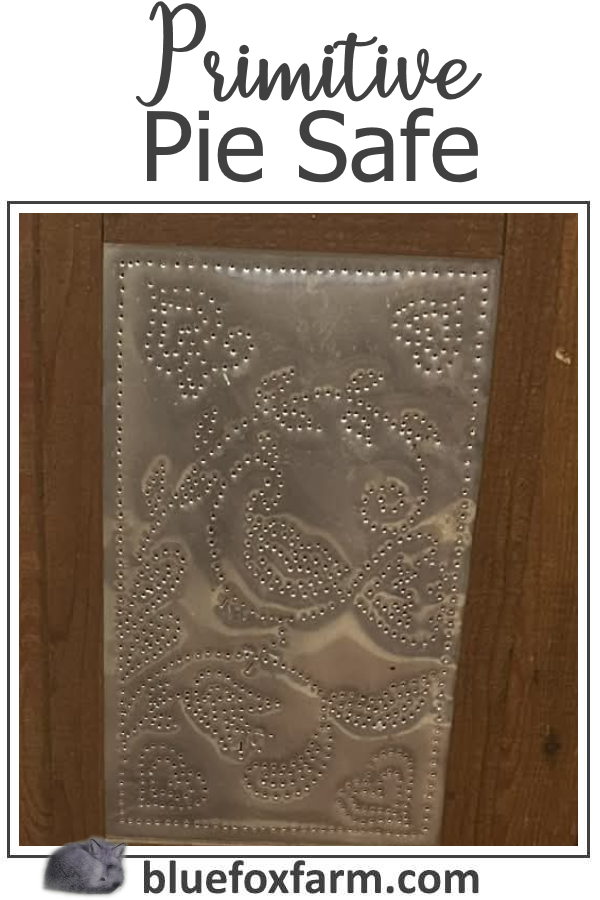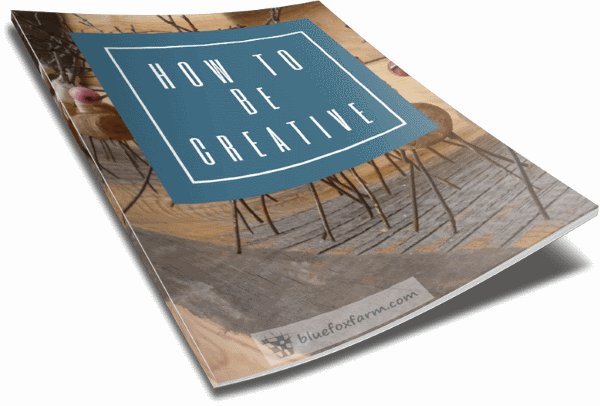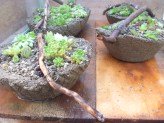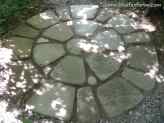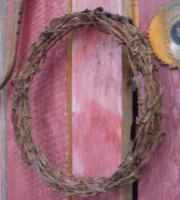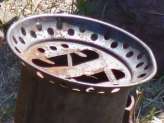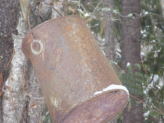Primitive Pie Safe
For More Than Pastries and Baked Goods
A pie safe was a common household item in the early days of pioneers and settlers. They were used to keep not only pies and bread from insects and vermin, but other tasty things as well.
Bringing Timeless Charm Home: Incorporating Pie Safes into Primitive Style Decor
The pie safe has a place as one of America's most beloved pieces of primitive furniture, offering both historical significance and rustic beauty that perfectly complements today's farmhouse and primitive decorating styles.
Originally introduced to the United States in the 1800s by German immigrants, these wooden cupboards with their distinctive punched tin panels served a practical purpose: protecting freshly baked pies, bread, and other perishables from insects and rodents in the pre-refrigeration era
These days, decorating your interior with primitive objects that fulfill our need for the romance of 'the olden days' is one way to add charm and appeal, rather than to act as a refrigerator for pies or baked goods.
Pie safes were essential household items that stored not only pies but also bread, meat, and other perishables, keeping them safe from insects and vermin. They were usually made of various types of wood, often yellow pine, but many other variations exist, depending on the availability at the time they were made.
The punched tin panels featured decorative patterns that provided ventilation while keeping pests out, making these pieces both functional and beautiful. Because the punched holes are so small, they allow air flow, but no insects can make their way through.
 Detail of punched tin door with tulip design
Detail of punched tin door with tulip designToday, pie safes have evolved from practical kitchen necessities into sought-after decorative pieces that anchor primitive and farmhouse-style interiors. Their weathered wood, handcrafted construction, and charming tin panels embody the authentic, handmade aesthetic that defines primitive decorating.
Whether you've inherited a family heirloom or discovered a treasure at an antique sale or even built one yourself, incorporating a pie safe into your home adds instant character and warmth.
Styling Your Pie Safe for Primitive Appeal
The beauty of pie safes lies in their versatility.
In the kitchen, they serve their original purpose beautifully, storing dishes, linens, or pantry items while adding architectural interest.
Display vintage crockery, ironstone pitchers, or stoneware on top, and tuck baskets filled with kitchen towels inside. The natural patina of aged wood pairs perfectly with other primitive elements like wooden bowls, cutting boards, and copper cookware.
 Primitive Pie Safe tucked into the corner in a bathroom
Primitive Pie Safe tucked into the corner in a bathroomBeyond the kitchen, pie safes shine in dining rooms as servers or buffets. Style the top surface with primitive accessories like pewter candlesticks, wooden trenchers, or a collection of early American pottery.
During holidays, transform your pie safe into a seasonal focal point with arrangements of dried herbs, gourds, or handmade decorations that celebrate simpler times.
Living rooms and entryways also benefit from the grounding presence of a pie safe. Use yours to store books, display folk art, or showcase a collection of antique textiles. The vertical lines and substantial presence of a pie safe create visual weight that balances modern furniture while maintaining that coveted primitive aesthetic.
Pie safes with their classic tin-punched panels work beautifully as statement pieces that anchor a room's primitive style.
Choosing and Caring for Your Pie Safe
When selecting a pie safe for primitive decorating, look for pieces with original punched tin panels featuring traditional patterns like stars, hearts, or geometric designs.
Authentic wear—including paint loss, wood patina, and minor imperfections—adds to the primitive charm rather than detracting from it. These signs of age tell stories and create the lived-in look that defines primitive style.
Color choices matter when incorporating pie safes into primitive interiors. Original paint colors like mustard yellow, barn red, or blue-gray complement primitive palettes beautifully.
If your pie safe has been stripped to bare wood, consider leaving it natural or applying a thin wash of milk paint to enhance the grain while maintaining an authentic appearance.
Maintenance is minimal but important. Dust regularly with a soft cloth, and avoid harsh chemicals that might damage original finishes. If your pie safe shows signs of structural weakness, consult a furniture restoration specialist familiar with antique pieces.
The pie safe represents more than furniture—it's a connection to American heritage and simpler times. By thoughtfully incorporating this iconic piece into your primitive-style home, you create spaces that honor tradition while remaining beautifully functional for modern living.
Whether displayed in the kitchen, dining room, or living space, or even the bathroom, a pie safe brings authentic primitive charm that manufactured reproductions simply cannot match.
Learn what it takes to be creative - we all have the gene but how do we develop it? Get the free guide!
Fill in the form below for your copy;
(Don't be disappointed - use an email address that will accept the free download - some .aol email addresses won't.
If you don't see your download within a few minutes, try again with another email address - sorry for the bother.)
